Is your furry friend carrying a few extra pounds? Just like humans, dogs can struggle with weight issues that impact their health and happiness. But fear not! With the right strategies, you can help your pup shed those excess pounds and regain vitality. In this complete guide, we’ll outline a comprehensive weight loss plan tailored specifically for dogs, ensuring they lead healthier, happier lives.
Contents Overview
Helping your furry friend shed those extra pounds is crucial for their overall health and happiness. Just like humans, dogs can face obesity-related issues that shorten their lifespan and impact their quality of life. But fear not! With effective strategies tailored specifically for your pet, you can embark on a journey towards a healthier and happier companion. By consulting with your veterinarian, switching to a balanced diet, establishing a controlled feeding schedule, engaging in regular exercise, and monitoring progress closely, you can empower your dog to achieve a healthy weight. Remember, every small step towards weight loss contributes to a vibrant and active life for your beloved pet.
Understanding Dog Obesity:
Before diving into weight loss strategies, let’s grasp the seriousness of dog obesity. Obesity in dogs can lead to a myriad of health problems, including diabetes, joint pain, heart disease, and a shortened lifespan. Recognizing the signs of obesity, such as difficulty in feeling the ribs or an absent waistline, is crucial for intervention.
Developing a Weight Loss Plan:
1- Consultation with a Veterinarian:
- Schedule a vet visit to assess your dog’s health and set a safe weight loss goal.
- Rule out any underlying medical conditions contributing to weight gain.
- Get tailored recommendations for diet and exercise based on your dog’s breed and health status.
2- Balanced Diet:
- Switch to a high-quality, weight-management dog food with reduced calorie content.
- Choose foods rich in lean proteins, fiber, and essential nutrients for satiety and muscle maintenance.
- Measure food portions to avoid overfeeding.
- Gradually transition your dog to the new weight-loss diet by mixing a percentage of the new food with the old food. Monitor the acceptance of the new diet and make adjustments as needed
3- Controlled Feeding Schedule:
- Establish a consistent feeding schedule with specific meal times.
- Avoid free-feeding and limit treats, opting for healthier alternatives like carrots or apple slices.
4- Regular Exercise:
- Engage in daily physical activities suitable for your dog’s abilities, such as walks, swimming, or play sessions.
- Gradually increase exercise duration and intensity while monitoring for signs of fatigue or discomfort.
5- Set Realistic Goals
- Establish realistic weight loss goals aiming for a gradual and steady weight loss of about 1-2% of your dog’s body weight per week.
- Monitor your dog’s weight loss progress and adjust the calorie intake accordingly. Ensure your dog is losing weight at a safe and steady rate, between 0.5 to 2% of their starting body weight per week
6- Monitoring Progress:
- Keep a record of your dog’s weight, food intake, and exercise routine to track progress.
- Aim for a gradual, steady weight loss of 1-2% per week.
- Adjust the plan as needed based on feedback from your vet.
7- Ongoing Collaboration
- Maintain regular check-ins with your veterinarian throughout the weight loss journey.
- Collaborate with the veterinary team to assess progress, make necessary adjustments, and ensure the plan remains effective and aligned with your dog’s evolving needs
Overcoming Challenges:
1- Plateaus:
- Plateaus in weight loss are common and may require adjustments to the diet or exercise routine.
- Work with your vet to troubleshoot and modify the plan accordingly.
2- Behavioral Issues:
- Address behavioral issues like begging or scavenging for food.
- Provide mental stimulation through puzzle toys or training to redirect focus away from food.
3- Support System:
- Enlist the support of family and friends to stay committed to the weight loss plan.
- Join online communities or local dog walking groups for motivation and encouragement.
Celebrating Success:
Celebrate milestones and achievements along the way to reinforce positive behaviors and strengthen the bond between you and your pet. Whether it’s reaching a target weight or mastering a new exercise routine, every step towards a healthier lifestyle counts.
Bottom Line
Helping your dog achieve a healthy weight requires dedication, patience, and collaboration with your veterinarian. By following a balanced diet, regular exercise, and consistent monitoring, you can empower your pet to live a longer, happier life free from the burdens of obesity. Start your dog’s weight loss journey today and enjoy the rewards of a vibrant and active companion.
Key Takeaways
Understanding Dog Obesity:
- Obesity in dogs leads to health issues like diabetes, joint pain, and heart disease.
- Recognize signs of obesity, such as difficulty feeling ribs or a lack of waistline, for intervention.
Developing a Weight Loss Plan:
- Consultation with a Veterinarian:
- Assess your dog’s health and set a safe weight loss goal.
- Rule out underlying medical conditions.
- Get tailored diet and exercise recommendations.
- Balanced Diet:
- Opt for high-quality, weight-management dog food.
- Choose foods rich in lean proteins, fiber, and essential nutrients.
- Measure food portions and transition gradually to the new diet.
- Controlled Feeding Schedule:
- Establish consistent meal times and avoid free-feeding.
- Limit treats and opt for healthier alternatives.
- Regular Exercise:
- Engage in daily activities suitable for your dog’s abilities.
- Gradually increase intensity while monitoring for fatigue.
- Set Realistic Goals:
- Aim for a gradual and steady weight loss of 1-2% per week.
- Monitor progress and adjust calorie intake accordingly.
- Monitoring Progress:
- Keep records of weight, food intake, and exercise routine.
- Adjust the plan based on vet feedback.
- Ongoing Collaboration:
- Regular check-ins with the vet for assessment and adjustments.
Overcoming Challenges:
- Plateaus in weight loss are common and may require diet or exercise adjustments.
- Address behavioral issues and enlist support from family, friends, or online communities.
Celebrating Success:
- Celebrate milestones to reinforce positive behaviors and strengthen the bond with your pet.
Conclusion:
- Dedication, patience, and collaboration with the vet are essential for your dog’s weight loss journey.
- A balanced diet, regular exercise, and consistent monitoring are key to a healthier, happier pet.
- Start today and enjoy the rewards of a vibrant and active companion.

Introducing Chef Scot Hill, the founder of Dog Star Nutrition LLC, also known as Woof Creek Dog Wellness. As an Advanced Canine Nutrition Specialist, Scot is dedicated to revolutionizing dog nutrition, ensuring our furry friends receive the nourishment they deserve for optimal health and well-being.
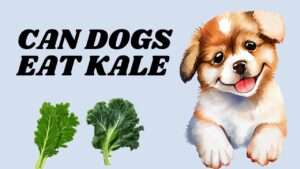


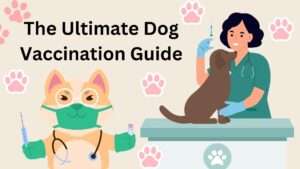




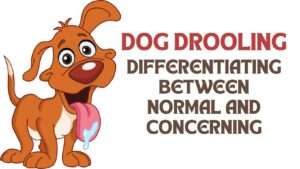
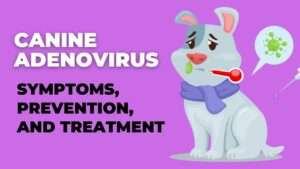
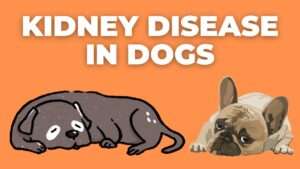

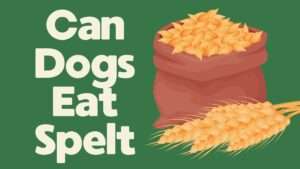
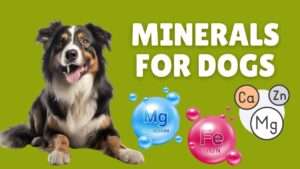



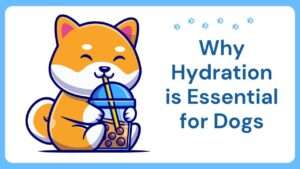

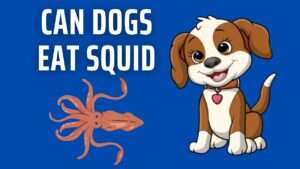



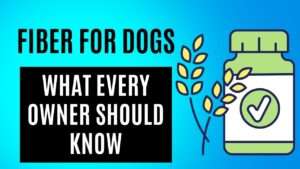



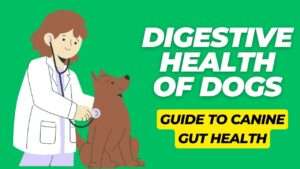







+ There are no comments
Add yours